commentary Commentary
Commentary: Is it too late for the US to join the CPTPP?
Joe Biden faces an uphill climb in joining the Comprehensive and Progressive Agreement for Trans-Pacific Partnership because free trade agreements are a harder sell at home, says Christian La Miere.
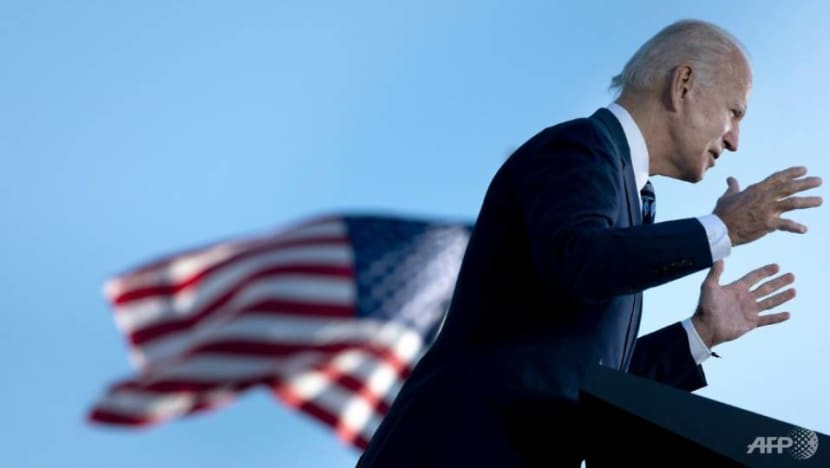
After the US election was called for Joe Biden "there was a huge sigh of relief" within international groups, a Geneva trade official said. (Photo: AFP/Brendan Smialowski)
LONDON: In the wake of the signing of the Regional Comprehensive Economic Partnership (RCEP) on Nov 15, trade has again become a key issue for Asian geopolitics and geoeconomics.
RCEP was a clear indication that Asian states would press on, and even undertake the heavy lifting of drawing up regional trade agreements without the leadership or participation of the US.
Now, another agreement that formerly involved the US is set to be the focus for regional diplomacy.
Just days after the RCEP agreement, as the ink was still drying, Chinese President Xi Jinping gave a speech to the Asia-Pacific Economic Cooperation CEO Dialogue.
Xi left little doubt that China will continue to pursue multilateral trade agreements in the region. In fact, he suggested that Beijing would be open to joining the Comprehensive and Progressive Agreement for Trans-Pacific Partnership (CPTPP).
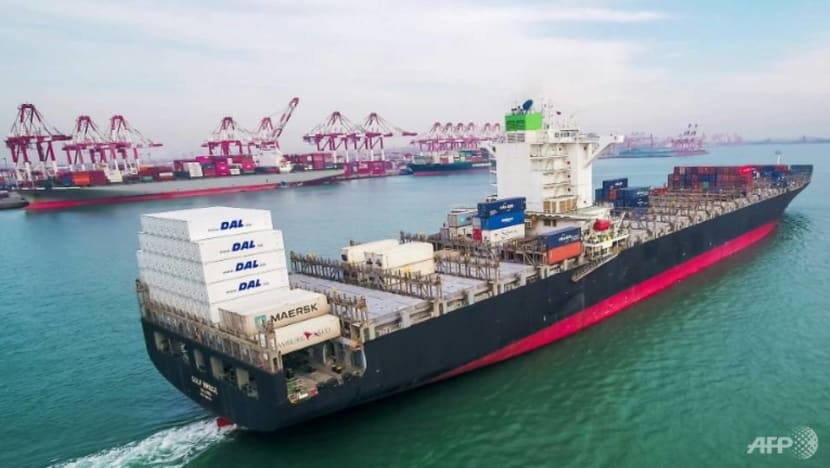
But a Biden administration has also indicated its desire to re-join the CPTPP, setting up a binary choice for current members on the direction the agreement should take.
NOT SO EASY FOR CHINA TO JOIN CPTPP
The CPTPP is one of myriad agreements in Asia – which analysts often refer to as the “noodle bowl” of multiple and sometimes overlapping accords – but with a very different genesis to the RCEP.
While the RCEP came about as an extension of existing trade agreements signed by the Association of Southeast Asian Nations with other states, the CPTPP is the successor to the Trans-Pacific Partnership (TPP), which brought together a disparate group of 12 nations around the Pacific rim to draw up a more ambitious set of trading rules.
READ: Commentary: RCEP a huge victory in tough times
READ: Commentary: Regional trade deals must still go on, even if they are a lesser substitute
The TPP died in January 2017, when the new Trump administration withdrew from the agreement (despite it already being signed), and the 11 remaining nations decided to continue as the CPTPP.
However, without US involvement and pressing for more stringent trade liberalisations and rules, the CPTPP watered down some 22 provisions, including issues on intellectual property, patent protection and investor-state dispute settlement.
The CPTPP may still be a stretch for China to join. In contrast to the RCEP, the CPTPP ensures member states share information on state-owned enterprises and their subsidisation, a key step to limiting or at least regulating state intervention.
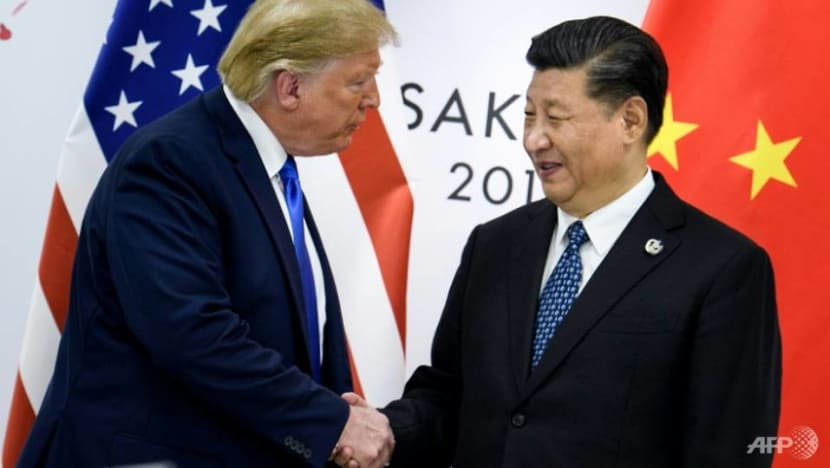
For China, whose economy relies heavily on state-owned enterprises and state control, this might prove too onerous a request to contemplate joining.
The CPTPP also includes higher-level labour standards that require members to legislate acceptable conditions of work that might make Beijing wary given its vast and cheap labour pool for low-cost manufacturing.
US OUTSIDE Of GROWING TRADE IN ASIA
Nevertheless, the fact that this discussion is happening at all in public is testament to the fact that China is looking to distinguish itself from the US as an engaged member of the regional trade process.
Asia, meanwhile, having been dismayed by the Trump administration’s isolationism, seems keen to move on even without US involvement. They have done this through signing the RCEP and now with leading trading nations such as Japan reportedly eager to expand the CPTPP.
READ: US being left behind after Asia forms world's biggest trade bloc RCEP: US Chamber
The US therefore now finds itself on the outside of key decisions being made and structures being built in Asia.
The country’s exclusion from Asia-Pacific decision-making was aptly symbolised by a stark visual reminder last week.
As the 21 heads of government and state gathered for the virtual APEC CEO Dialogue, they all sat in front of the approved blue APEC background, except one – US President Donald Trump sat under a presidential seal in front of a yellow wall.
FREE TRADE A HARD SELL IN THE US
This might change under a new president. For President-elect Joe Biden, who has put forward a far more internationalist manifesto, re-engaging with the CPTPP in order to help guide and shape the rules that will determine how the world’s largest economies interact seems like an obvious goal.
But getting domestic approval to do so might not be so easy. Developing free trade agreements was once the bipartisan consensus in Washington.
Doing so bolstered economic growth and ensured that the US was a global leader in trade regulations and rule making in the post-Cold War era.
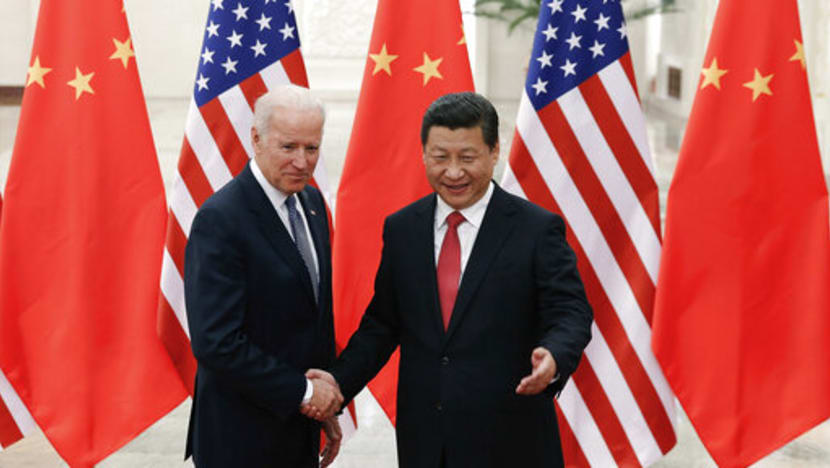
Only a minority of voices on the left of the political spectrum raised objections as the US signed the North American Free Trade Agreement in 1994 and a slew of bilateral FTAs followed in the 2000s.
But President Trump, since his 2016 presidential campaign, has ably capitalised on a growing resentment among the working class in the US at the perception of jobs being offshored and FTAs undercutting US industry.
Now, free trade agreements are a much harder sell domestically, with both Democrats and Republicans wary of undermining support from blue-collar communities.
READ: Commentary: The brewing discontent with trade and one step to restoring faith in globalisation
UNCLEAR WHAT CPTPP THE US MAY BE SIGNING
Even if Biden were able to muster sufficient support in Congress to sign and ratify a new multilateral trade deal, it is unclear what the US would be signing with the CPTPP.
The 22 provisions watered down when the US withdrew in 2017 were only suspended and not revoked, leaving the door open to them being reinstated should the US wish to return.
But it is far from clear that the 11 other nations in the agreement would be happy to revise the existing agreement, let alone reinstate the original TPP, to appease a US that has proven both inflexible and capricious in the past.
LISTEN: US election: A bitter fight for the soul of the world's most powerful nation
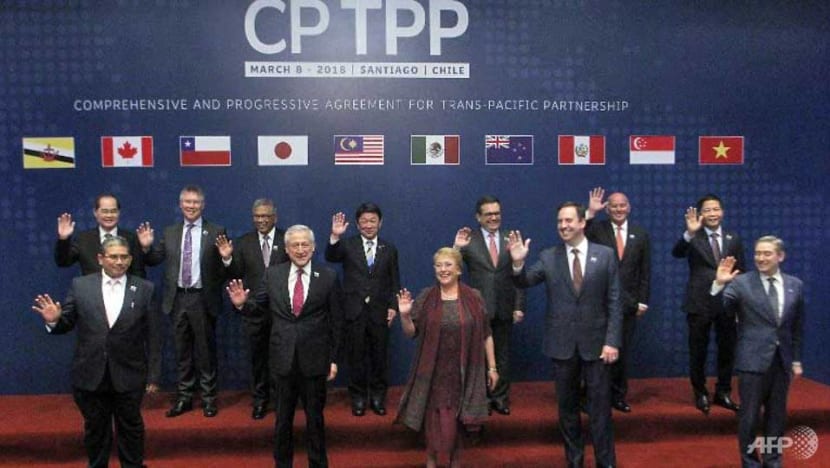
For close US allies such as Japan, South Korea, Canada and Australia, having the US return would no doubt be an economic and diplomatic boon, but for others such as ASEAN members Vietnam and Malaysia that have a more balanced relationship with China and the US, the calculus may differ.
Countries such as these may make careful calculations based on the facts of geography that make China a neighbour. Would it be better to appease the US, or further develop a more integrated Asian economy by encouraging Chinese participation?
Further, it is unclear if CPTPP members would prefer a more stringent CPTPP with the US included, or the current CPTPP with China forced to accept already more rigorous trade rules by joining.
READ: Commentary: China's the only major economy growing this year. That's not enough
As such, even if Biden is able to muster sufficient domestic support to re-join the CPTPP, there is a risk that Asia will already have moved on.
With 15 Asian nations having signed the RCEP, and further negotiations ongoing for agreements such as the trilateral China-Japan-South Korea FTA, the region’s trade architecture is being developed without the US.
Asian states need to make a political as well as economic choice – a shallower free trade area with China involved, or a deeper one with the US.
A BIDEN ADMINISTRATION GOAL
Despite the domestic and international difficulties, joining the CPTPP will likely be a Biden administration goal, particularly with an internationalist like Tony Blinken as Secretary of State.
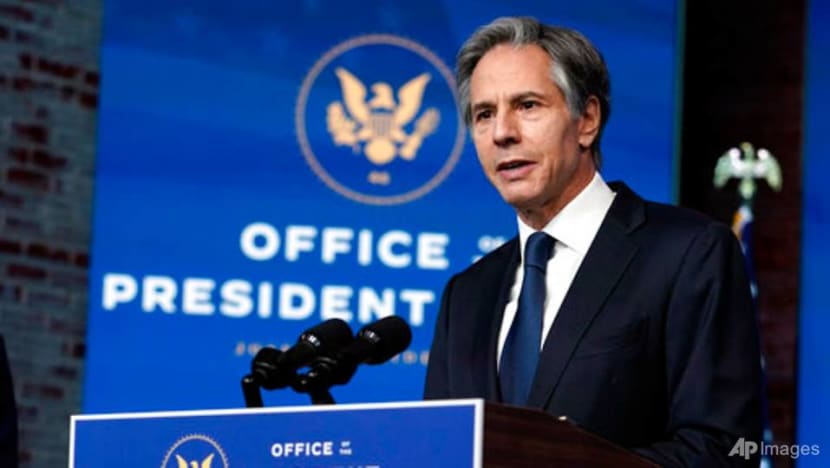
Biden has already expressed a desire to do so. By re-entering a key Asian trade deal, Washington can aim to create the gold standard for free trade in the region, while also bringing together its closest allies.
There are potentially ancillary benefits for current US policy as well, particularly the desire in Washington to strengthen Taiwan.
Taipei has expressed a desire to join the CPTPP, and with the US encouraging this process from inside the agreement, it could improve the chances of such an outcome.
The challenge, though, may be in convincing a domestic audience of the benefits and persuading current states in Asia that the US is welcome again.
Christian Le Miere is a foreign policy adviser and the founder and manging director of Arcipel, a strategic advisory firm based in London.












